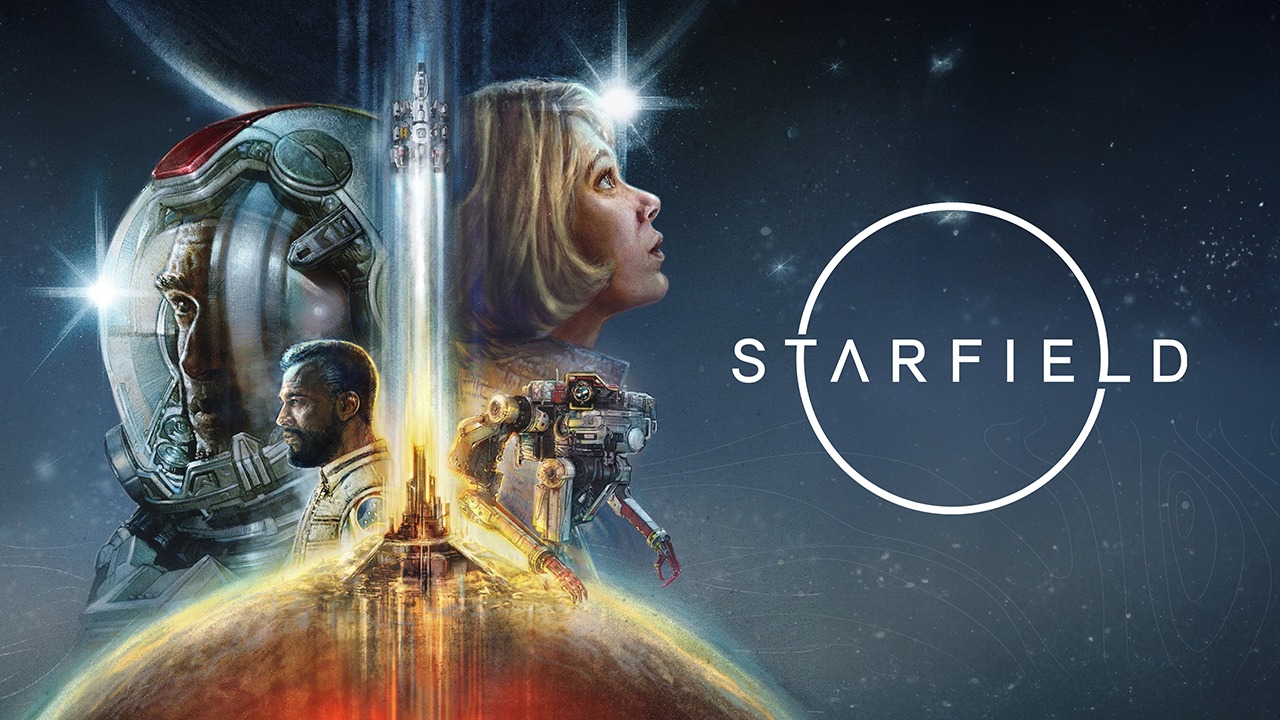You'll love it if:
- You love Bethesda’s RPG formula
- You’re looking for a sci-fi RPG to play for hundreds of hours
- You like games with a lot of replayability and player freedom
- You enjoy modding games with creative community content
Not for you if:
- You dislike Bethesda’s RPG formula
- You can’t tolerate bugs and long loading times
- You’re not a fan of procedurally generated content
- You don’t like clunky inventory management
Bethesda Game Studios is known for building rich, immersive worlds with user-friendly modding tools available on launch. With such a reputation to maintain, launching an original IP, disconnected from The Elder Scrolls and Fallout series, was no small feat. And while we’ve enjoyed playing and replaying Skyrim for years, it was time for Todd Howard and his team to bring something new to the table.
A blessing in disguise came in 2020 with the announcement that Microsoft would acquire ZeniMax Media, the owner of Bethesda Game Studios. This meant that Starfield was bound to be an Xbox exclusive, an exclusive that Microsoft desperately needed to compete with Sony’s PS5.
This would also mean that Bethesda could focus its talent and resources on optimizing Creation Engine 2, their latest in-house engine, to run as best as it can on Xbox Series X|S. After officially launching on September 6th, with a five-day early access period for premium edition buyers, was Starfield ultimately worth the wait?
TL;DR
Starfield is the definition of “If it’s not broken, don’t fix it”. It’s not a revolutionary new space simulation, it’s Skyrim in space. This is the culmination of Bethesda Game Studios’ years of developing living, breathing open worlds. Starfield is a platform for a decade of exciting updates, DLCs, mods, and other creative content…as long as you’re a fan of Bethesda’s open-world formula.
Story – Shades of The Expanse and 2001: A Space Odyssey
Bethesda’s RPGs have never been known for their main story quests. Excluding Fallout: New Vegas (made by Obsidian), they’ve always been nothing more than an excuse for the player to travel across the game’s world and engage with hundreds of side quests.
Bethesda Game Studios attempted to do something a bit different with Starfield. The story begins with you, a miner, coming across a mysterious artefact that interacts with you. A series of events then leads you to the Constellation, a mythical group of space travellers who pride themselves in being “the last true explorers”.
With their help, you’ll travel the universe in search of more artefacts that are mysteriously forming an object that hints at the existence of a higher intelligence somewhere in the galaxy. While not entirely original, it “clicks” in just the right ways. It pushes you to explore Starfield and its hundreds of planets while dangling a curious, alluring carrot in front of you the whole time.

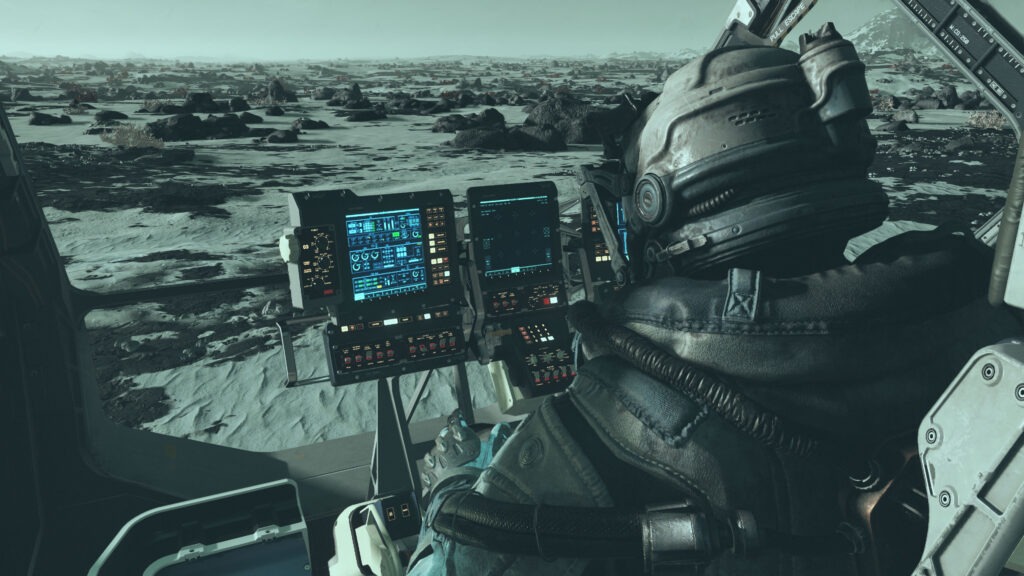

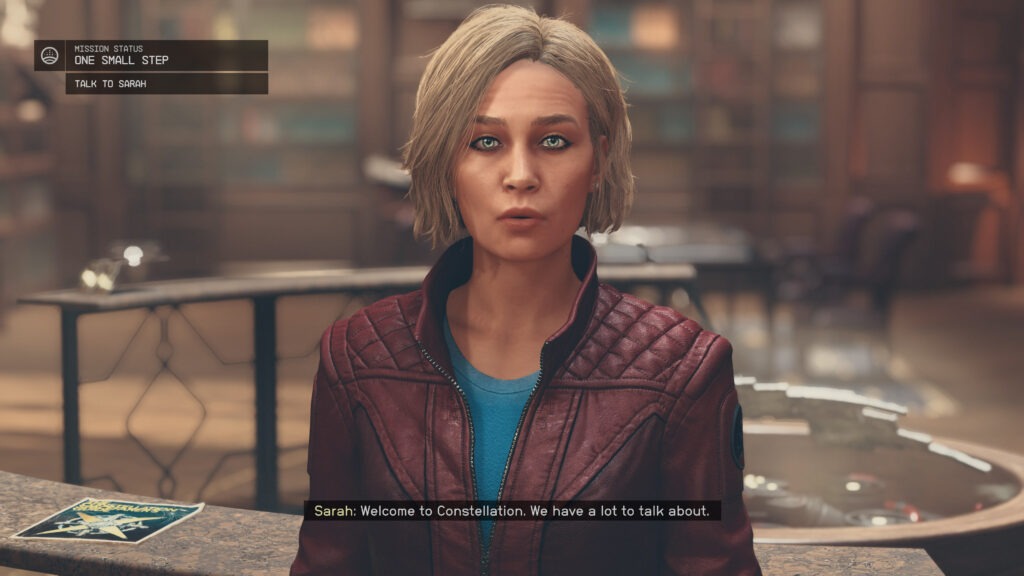
Making the Unknown Known In Your Own Way
Once you’re let loose onto the world, it’s up to you to make your own story in Starfield. You can completely ignore the main quest and simply explore different planets, join various factions, uncover ancient treasures and build a mighty fleet of starships.
Or, you could focus on the main 40-hour story and discover the game’s New Game+, an original new way of playing the game which we won’t spoil for you here. Bethesda’s games have always been great at letting you do whatever you want to do without discouraging you from exploring to your heart’s content. The same is true in Starfield–you might never finish the main story even if you play the game for hundreds of hours.
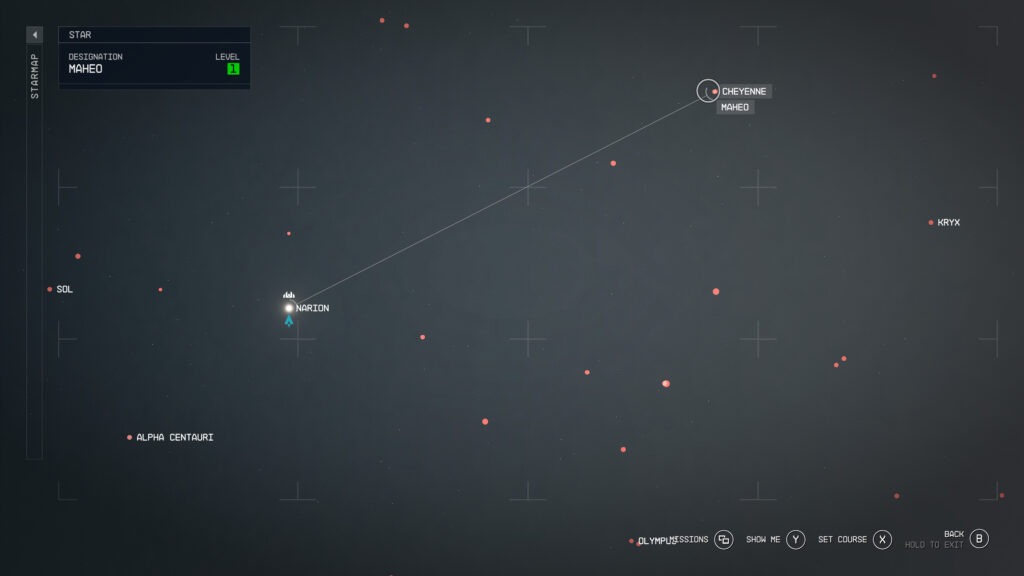
Gameplay – The Final Frontier
Space gameplay is the single most innovative element in Bethesda’s RPG formula. Since this is the studio’s first game featuring space combat and exploration, the studio took its time to create something truly special. While you can hop from planet to planet with fast travel, we highly recommend you take the time to fly and explore each system personally.
Every planetary system behaves like every individual planet, with its own NPCs, loot, and secrets to uncover. You can build dozens of ships and swap them out based on the quest you’re on or whatever you’re in the mood for. Starfield continues Bethesda’s tradition of making sure the game is as difficult, or as easy, as you want it to be, with easily adjustable difficulty sliders.
You can casually explore planets and gather resources, hunt for pirates, become a mercenary, or run a space trading business. You can board enemy ships and take them over–or land on space stations to trade, fight, or pick up new quests. The scope of Starfield only becomes clear once you find yourself in space for the first time and realize just how much content is packed into it.
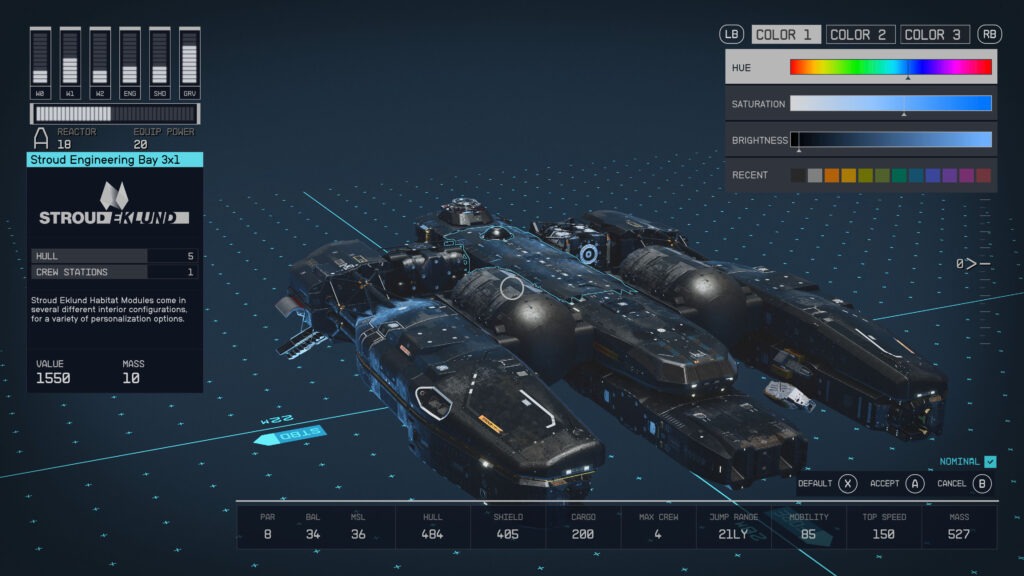
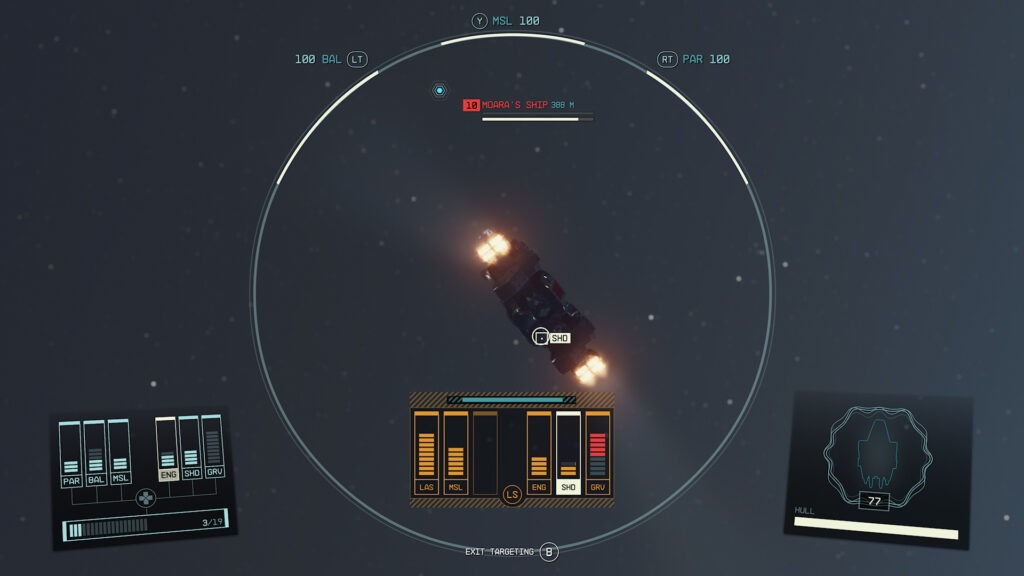

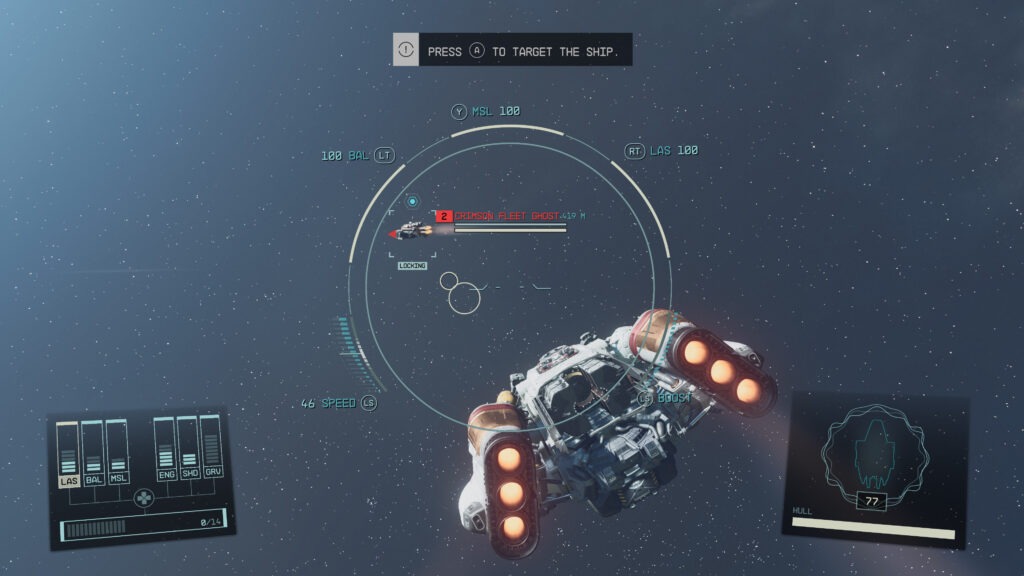

Exploring a Procedurally-Generated Universe
One of the biggest points of discussion about Starfield prior to launch was its world or, rather, its size. The game is marketed as having “over 1000 planets” you can visit. But how true is that statement in practice? Starfield heavily relies on procedural generation to populate its universe. This means most planets won’t have handmade cities, bases, or NPCs to interact with.
You will, however, always find plenty of resources, randomly generated events, locations, loot, and other content to dive into. During our time with Starfield, we came across several planets with identical plants and creatures, which required scanning as if we’d never seen them before.
They were “unique” to that planet but not “unique” to the world map. This can be a bit immersion-breaking, especially if you’re the type of player who doesn’t enjoy the story and just wants to go out there and explore. But, you will still come across many “new” events and content that you personally haven’t seen before due to how large Starfield’s world is.
Planets with major cities like New Atlantis or Akila also feature procedurally generated content outside the cities. Each city, however, is a handmade location, rich with NPCs, quests, and secrets to uncover, as is tradition with Bethesda’s titles. At the end of the day, it’s a balance of both, and your enjoyment will depend on how tolerant you are of procedural generation.
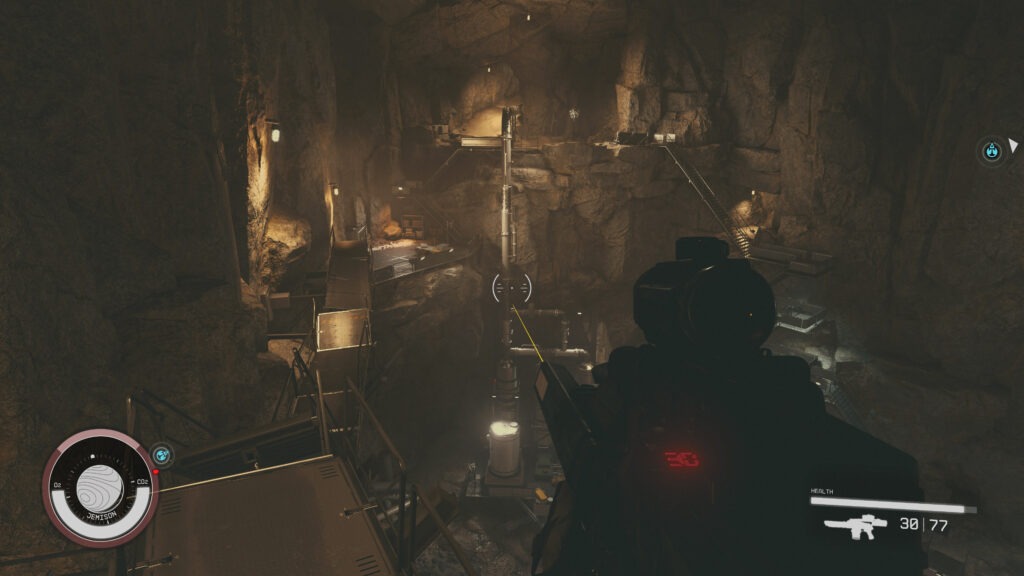
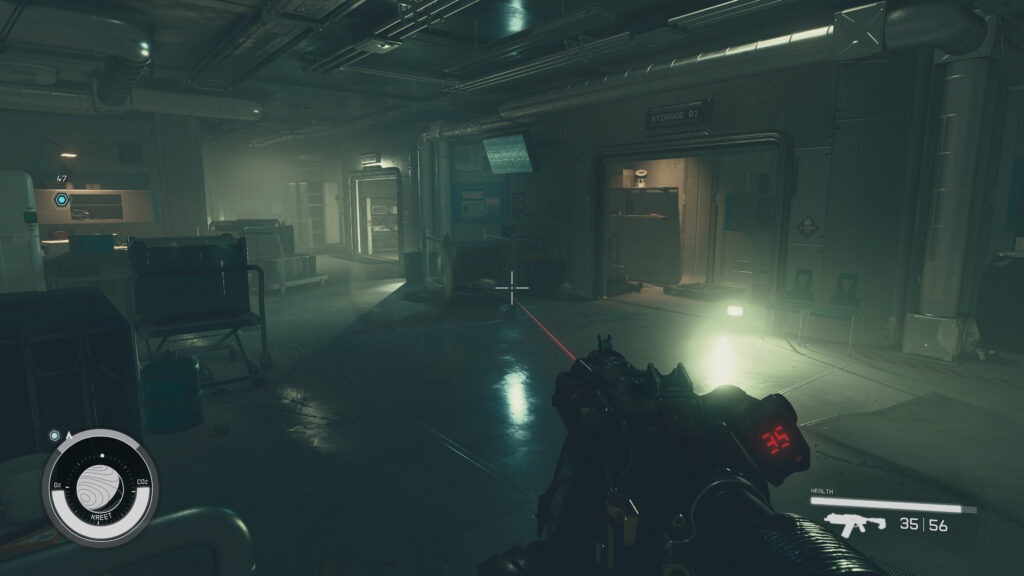
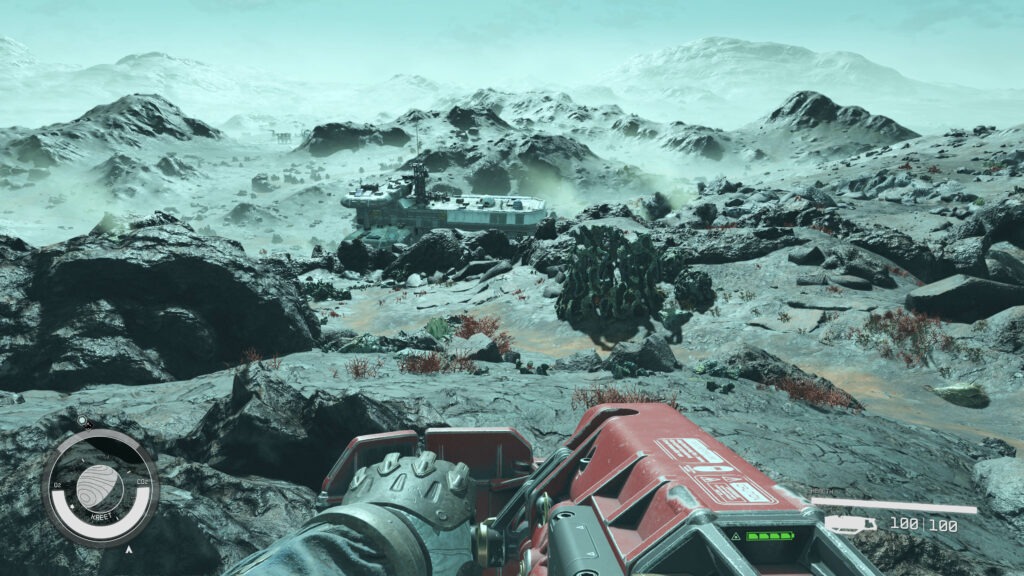
The Right Tweaks Were Made to the Bethesda Formula
While Starfield relies (mostly) on the mini-games and mechanics introduced in Bethesda’s previous titles, this is not to the game’s detriment. If something just works, then why try fixing it? For example, lockpicking is a mini-game in Bethesda’s RPGs. In Starfield, it takes the form of a digital wheel where you’ll align elements to fit into several concentric circles. It’s different enough from The Elder Scrolls and Fallout mini-games that it doesn’t seem derivative, yet it functions in pretty much the same way.
Starfield features plenty of original mechanics, which we’ll undoubtedly see in future Bethesda titles in some form. For example, planetary exploration involves scanning different plants, minerals, and life forms, which you can sell as data for a profit. Shipbuilding and customization are extremely flexible, allowing you to create anything you’d like to make your home among the stars. You can also own houses by buying them outright or buying one in instalments and paying it off over time.
Bethesda Game Studios managed to create a set of mechanics that instantly feel familiar to genre veterans while also being inviting to brand-new players. It’s why games like Skyrim continue to enjoy popularity and commercial success even a decade after launch. The disconnect with Starfield comes with its marketing, which appeals to the players of games like Elite Dangerous and Star Citizen. Even No Man’s Sky, a game most similar to Starfield, differs significantly from what Bethesda has built with this title.
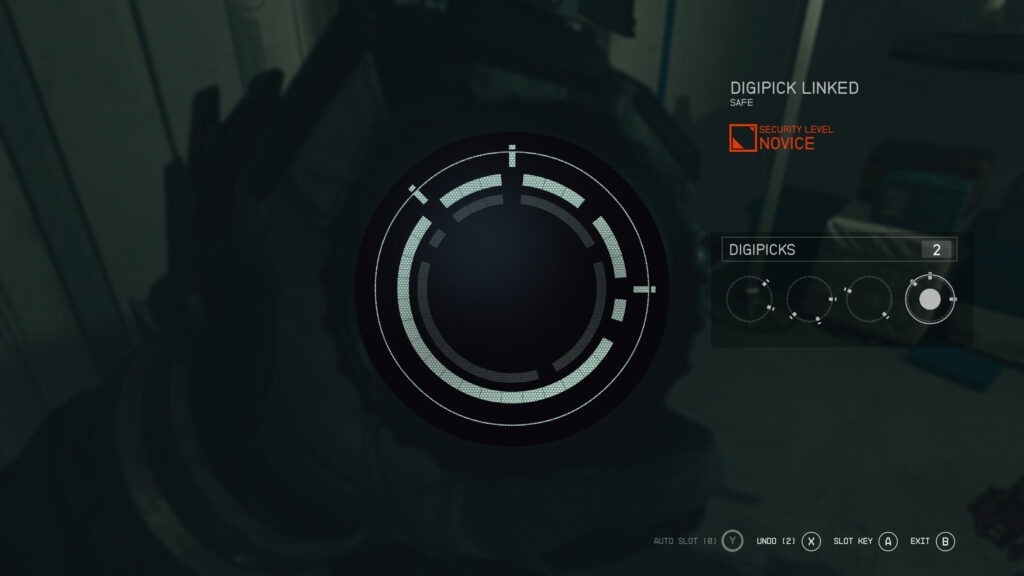

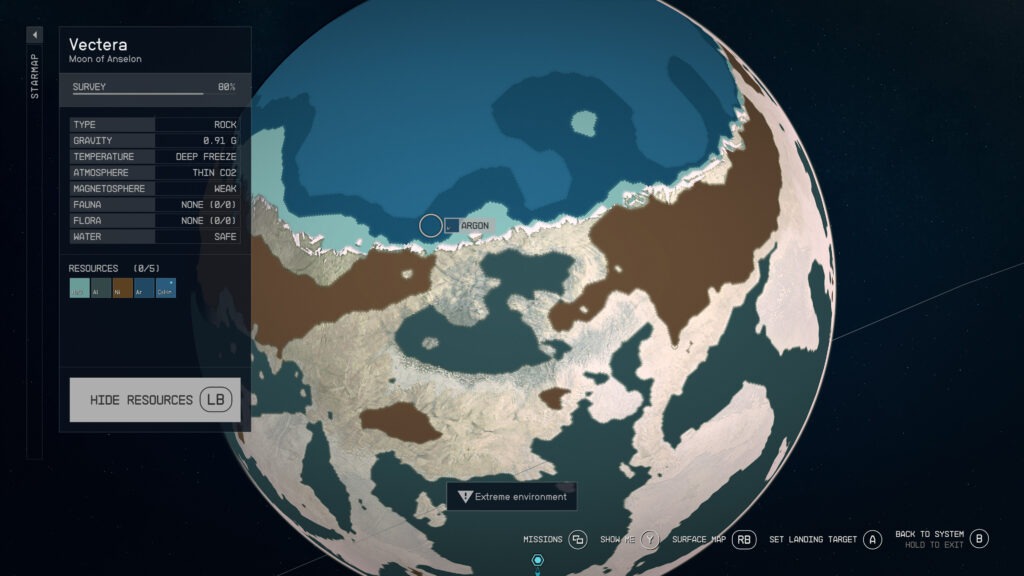
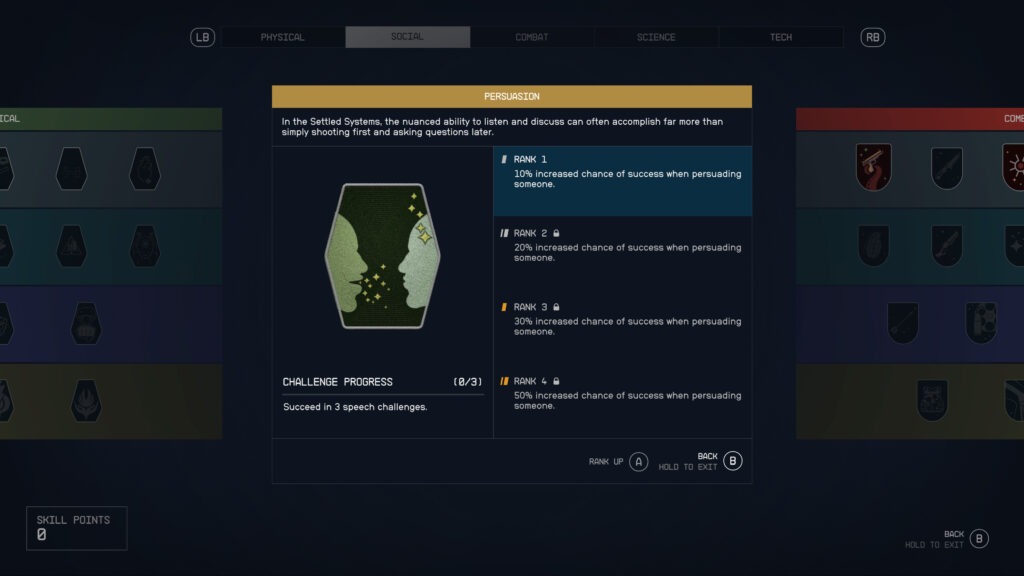
Inventory Management is Less Than Ideal
Starfield continues the tradition of Bethesda’s RPGs having clunky and unintuitive inventory management. As a game where you’ll gather thousands of items in dozens of categories, ranging from weapons to minerals, it’s not fun managing it all.
The interface feels like it wasn’t built either for controllers or M&KB. It sits in an awkward middle ground, and you’ll have to dig through menus upon menus every hour or so to clear up your inventory again. We’ll have to wait for modders to develop more intuitive inventory management in the coming months.
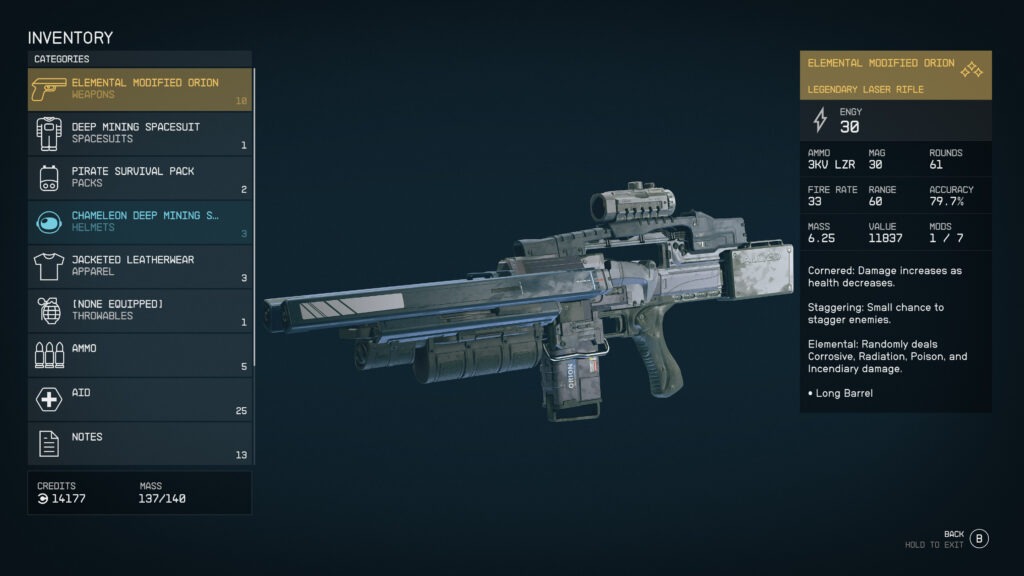
Visuals – The Best Looking Bethesda RPG to Date
Starfield relies on Creation Engine 2 to bring its universe to life. In other words, it’s the same kind of engine Bethesda has used across its catalogue of titles, including The Elder Scrolls IV: Oblivion, The Elder Scrolls V: Skyrim, and the Fallout games starting with 3. Incrementally, the studio has made major improvements to the engine with each new game.
Since Starfield is the studio’s biggest game in scope so far, it’s no wonder Bethesda used the technology they are confident in to build it. Likewise, the modding community is very familiar with Creation Engine tools, making it easy for creative individuals and groups to make new content and fixes for the game for years to come.
Starfield looks very good at times, and its lightning system is especially impressive given that each planet you visit has its own day and night cycle. Character models, facial expressions, and creature designs are all a step up from Fallout 76, Bethesda’s last major release before Starfield. And given that it’s a PC and Series X console exclusive, the studio could really focus on optimizing the game on specific hardware.

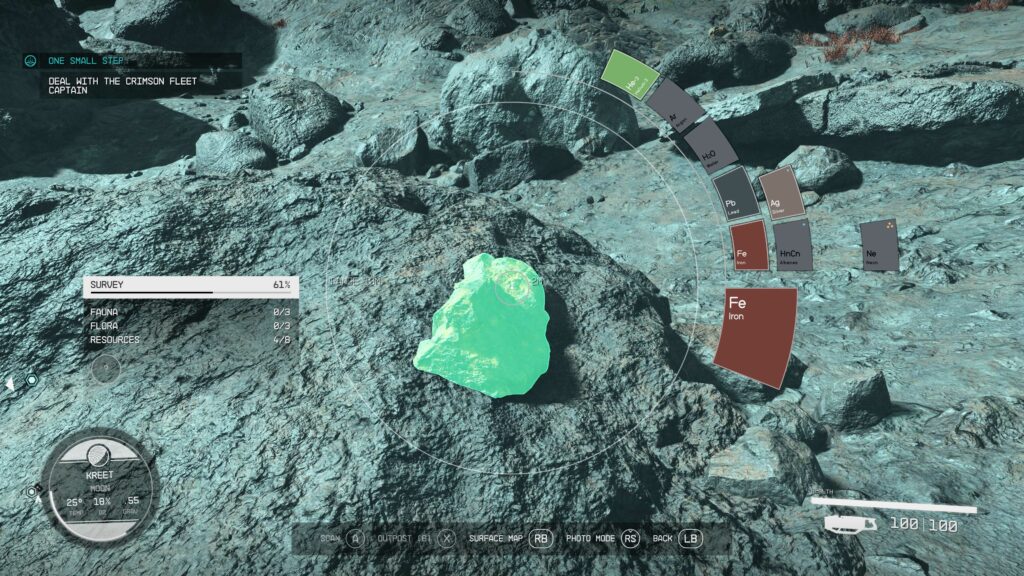
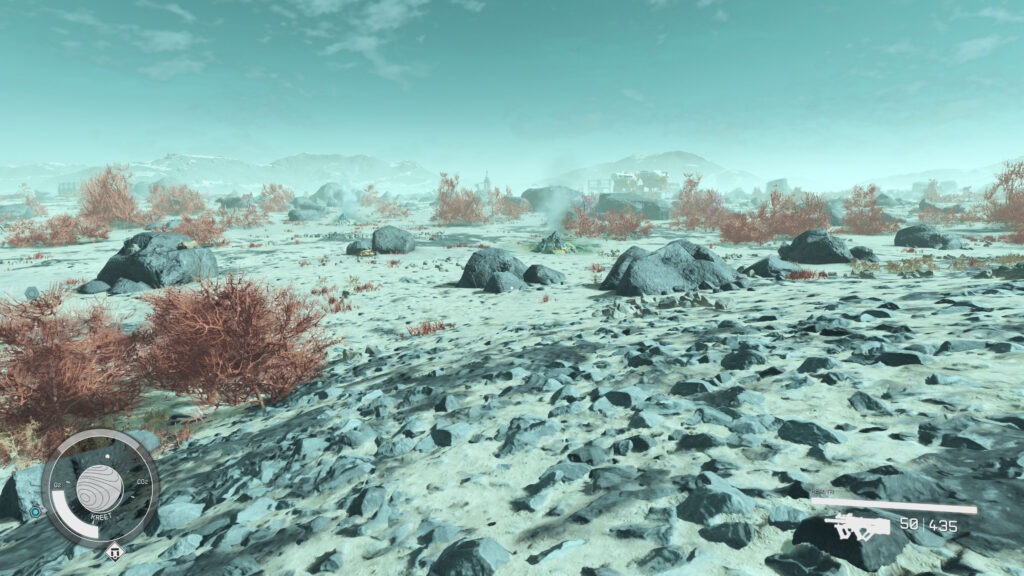
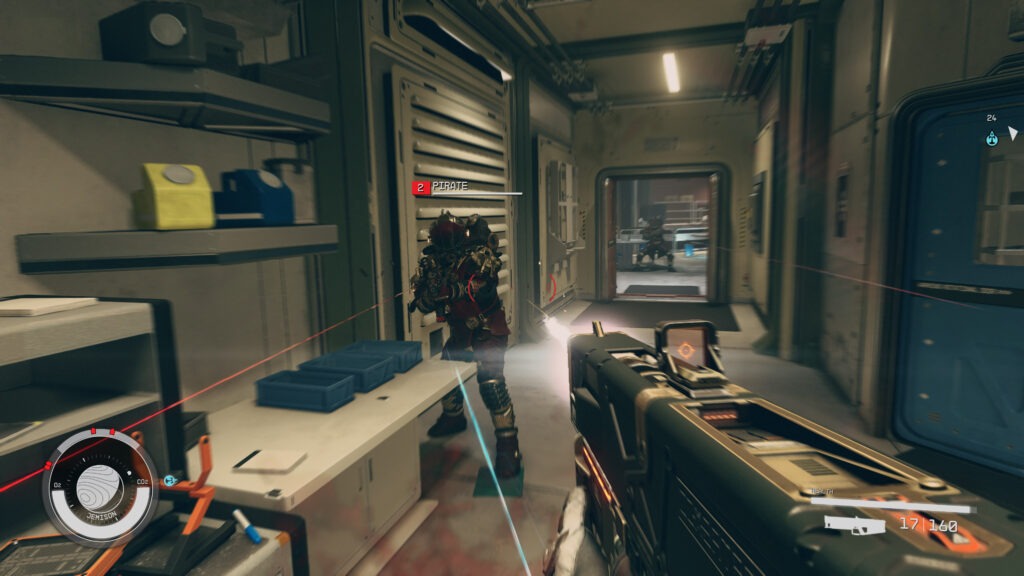
Uncompromising Scope and Ambition Comes at a Cost
We’ve tested the game on the Xbox Series X console, and its 30FPS can is, while noticeable, not a deal breaker. You’ll quickly adjust to the framerate and simply be immersed in the game’s world and narrative. A bigger issue, however, lies in the game’s load times. Loading a save file from the main menu can take up to 60 seconds, a full minute, while the game’s world is also broken up into small sections with shorter but still frequent loading screens.
Since this is a Bethesda game, it comes with an assortment of bugs we’ve come to expect from the studio. They range from innocent glitches where characters or items get stuck in geometry or appear where they shouldn’t. In our testing sessions, characters would appear on top of spaceships–while the spaceship was landing or taking off. Game crashes are also present but not too prevalent. We advise creating manual save files and saving frequently–don’t rely solely on the game’s auto saves.

Audio – A Fully-Voiced Universe
Starfield has over 250,000 lines of dialogue. In comparison, Skyrim had 60,000, and Fallout 4 had 110,000. To say that its world size is “big” is an understatement. Best of all, it’s all professionally voiced, making Starfield very immersive and rich with player choice. It also makes replaying the game with its New Game+ mode an even more attractive prospect, ensuring you’ll never have to experience the same factions or quests twice.
Apart from voiced lines, the game’s audio design is heavily inspired by its genre. Todd Howard remarked that Starfield belongs in the “NASA-Punk” genre, and that shows both in visuals and audio design. The different weapons you’ll use, ships you’ll fly, and planets you’ll explore all have unique and recognizable sounds. You’ll easily learn to spot certain creatures by their sound or recognize which weapons your enemies use based on gunfire. Much care and effort ensured that Starfield sounds as good as it looks.


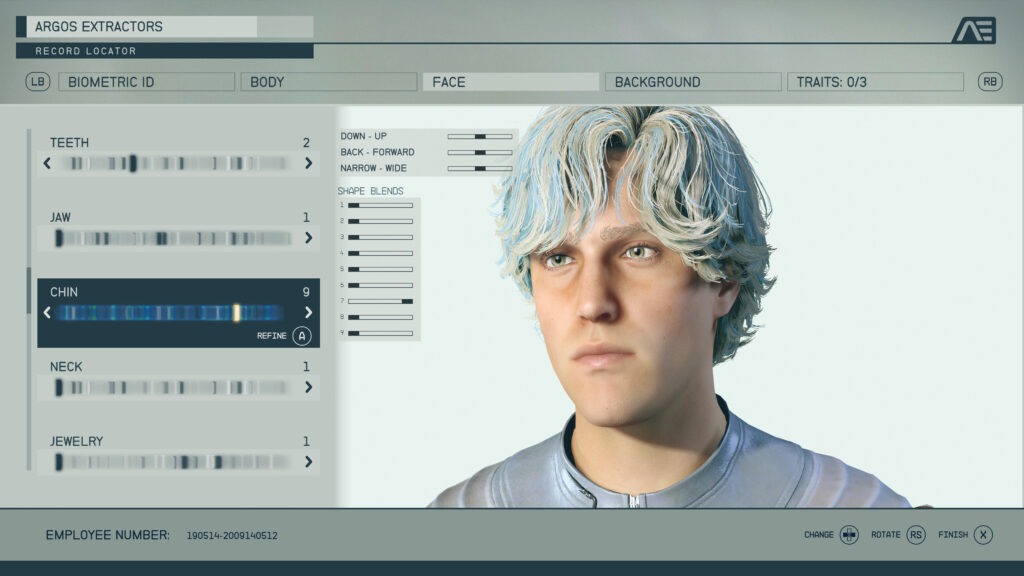
Mixing Great Influences from All Across the Sci-Fi Genre
Starfield, as is tradition for Bethesda’s RPGs, shines on the soundtrack front. The game’s composer, Inon Zur, worked on multiple The Elder Scrolls and Fallout titles, and it shows. Starfield never misses a beat, from the game’s main menu to various planets you’ll explore and battles you’ll fight.
Its soundtrack comprises orchestral and electronic influences, the former coming from Bethesda’s past titles and the latter being a genre influence. You’ll recognise familiar notes from across the sci-fi genre, including Battlestar Galactica, the aforementioned 2001: A Space Odyssey, and even Star Wars and Star Trek. Starfield respects its past with its soundtrack and inspires ambition in you as the player to go out and explore the universe in any way you see fit.

Final Thoughts – Should you Play Starfield?
Whether you should play Starfield or not depends on your personal expectations of the game. This is not a space simulation where you’ll manage hunger, resources, and dozens of ship controls or die trying. This is a Bethesda RPG set in space.
You’ll run into the same kinds of animations you’ve seen in Skyrim and the same kinds of mechanics you’ve experienced in Fallout 4. Setting up your expectations properly will make Starfield a joy to play as a sandbox with hundreds of quests and planets available.
Whether you want to be a space pirate, an explorer, or a miner, to build bases on faraway planets, or to smuggle goods for high profit, the game will let you lose yourself for hundreds of hours. And while most of it is procedurally generated, you, the player, are always at the heart of the gameplay experience. Starfield is now available on PC, Xbox Series X|S, and GamePass.
Huge thanks to AVE for providing us with early access to a review copy.
